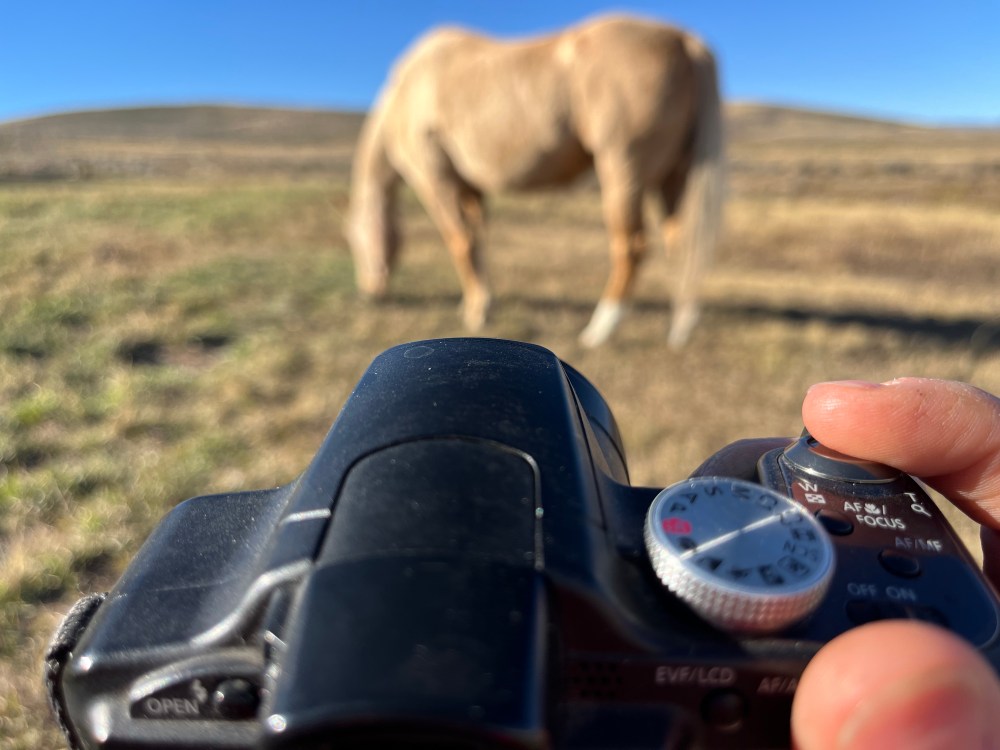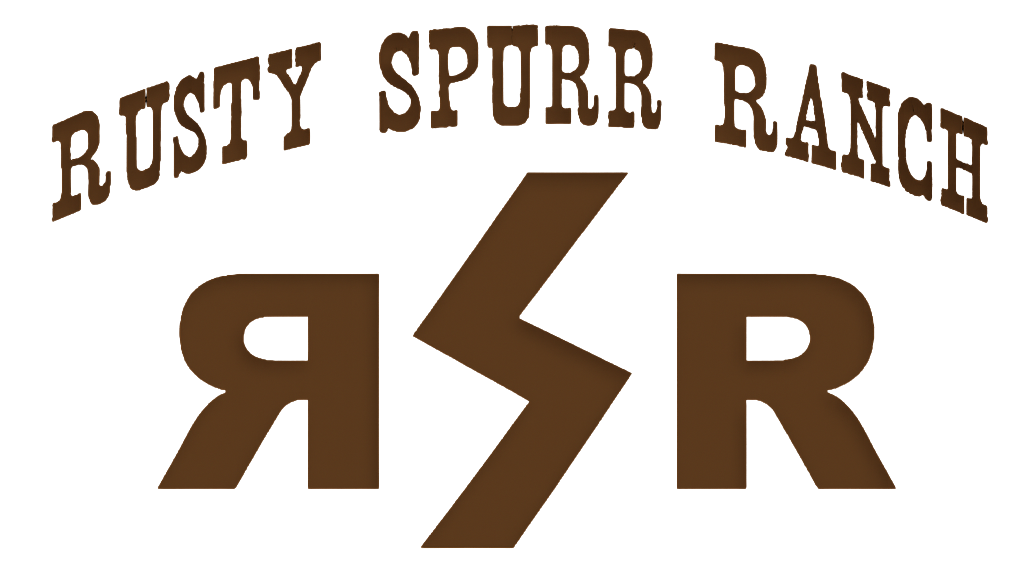
Saddle Up for Stunning Shots: How to Master Animal Photography on Horseback
Hey there, thrill-seekers! Ready to take your love for horseback riding and photography to the next level? Imagine this: you’re trotting through the stunning trails of Rusty Spurr Ranch, camera in hand, capturing incredible shots of wildlife in their natural habitat. It’s like a safari on horseback—epic, right?
Combining horseback riding with animal photography offers a one-of-a-kind experience that’s as challenging as it is exhilarating. Not only do you get the joy of riding, but you also gain a unique vantage point for your photos. Plus, it’s a fantastic way to connect with nature and improve both your riding and photography skills. Rusty Spurr Ranch, with its diverse wildlife and breathtaking landscapes, is the perfect backdrop for this adventure.
In this guide, we’ll dive into the exciting world of animal photography on horseback. From the unique challenges to the essential gear, we’ll cover everything you need to know. Whether you’re a pro photographer looking to add some wild shots to your portfolio or a newbie eager to try something extraordinary, we’ve got you covered.
So, saddle up and grab your camera—let’s explore how to capture the wild beauty of nature from the back of a horse at Rusty Spurr Ranch! Ready to ride and shoot? Let’s get started!
The Unique Challenges of Animal Photography on Horseback

A rider takes photographs of wildlife on a horseback safari.
Alright, let’s talk about the unique challenges of animal photography on horseback! While it’s an incredibly rewarding experience, it comes with its own set of hurdles. Here’s how to tackle them like a pro.
Balancing Photography and Riding
First things first, balancing your riding skills with your photography skills can be tricky. You need to stay stable in the saddle while focusing on your shots. While stopped, practice sitting one-handed and using your legs for stability. Make sure your camera is easily accessible—think chest harness or fanny pack. Remember, safety first! Always be aware of your surroundings and your horse’s movements.
Managing Camera Equipment
Handling your camera gear while on horseback can feel like a juggling act. Use lightweight and compact equipment to make it easier. A good camera strap is your best friend here. It should be secure enough to prevent your camera from bouncing around but flexible enough to let you shoot quickly. Consider using protective gear for your camera to shield it from dust and the occasional bump.
Dealing with Moving Subjects
Animals don’t pose for pictures, especially when you’re on a horse. Capturing clear shots of wildlife requires quick reflexes and anticipation. Learn about the animals you’re photographing—their habits, favorite spots, and peak activity times. This knowledge will help you predict their movements and get those perfect shots. Practice shooting at higher shutter speeds to freeze the motion and use burst mode to increase your chances of getting a great shot.
Cameras for Horseback Photography
Now that we’ve covered the basics, let’s dive into the gear you’ll need for capturing stunning wildlife photos while riding. The right equipment can make a world of difference.
Must-Have Camera Equipment
Choosing the right camera and lens is crucial. Opt for a lightweight DSLR or mirrorless camera that won’t weigh you down. Popular choices include the Canon EOS R6 and the Sony A7 III, known for their excellent image quality and fast autofocus. Pair your camera with a versatile zoom lens, like a 70-200mm, which allows you to capture close-up shots of wildlife without getting too close and startling them.
Understanding your equipment is key to success. Take the time to learn about your camera’s settings and features. This knowledge will help you quickly adjust to changing conditions and capture the best shots possible. For a comprehensive guide, check out Understanding Your Equipment.
Wonders of Smartphones
Don’t have a DSLR? No problem! Modern smartphones are incredibly capable and can capture amazing photos. The iPhone 14 Pro and Samsung Galaxy S23, for example, come equipped with powerful cameras and advanced features like night mode and optical zoom. When using a smartphone, consider investing in a good quality clip-on lens for added versatility.
Smartphone photography on horseback is all about stabilization. Use both hands to steady your phone, and if possible, invest in a smartphone gimbal to reduce shakiness. Utilize burst mode to capture fast-moving subjects and take advantage of your phone’s editing tools to enhance your photos on the go.
Techniques for Capturing Stunning Photos

A guest uses their SLR camera to take photos at the ranch.
Let’s dive into the exciting part—how to capture those jaw-dropping wildlife photos while on horseback! Mastering these techniques will help you make the most of your unique vantage point.
Composition Tips
Great composition is key to stunning wildlife photos. From the back of a horse, you have a unique perspective that can add depth and interest to your shots. Use the rule of thirds to place your subject off-center, creating a more dynamic image. Look for leading lines, such as trails or natural features, to guide the viewer’s eye through the photo. Pay attention to the background and ensure it complements, rather than distracts from, your subject.
Lighting Considerations
Lighting can make or break a photo. The best times for wildlife photography are during the golden hours—just after sunrise and just before sunset. The soft, warm light during these times adds a magical quality to your photos. If you’re shooting during midday, seek out shaded areas to avoid harsh shadows. On overcast days, the diffused light can be perfect for capturing details without the harsh contrast of direct sunlight. For more in-depth tips on lighting, check out this Wildlife Lighting Tutorial.
Action Shots vs. Still Shots
Capturing moving animals while you’re also moving can be challenging but rewarding. For action shots, use a fast shutter speed—around 1/1000s or faster—to freeze the motion. Burst mode is your friend here, allowing you to take multiple shots in quick succession to increase your chances of getting that perfect moment. For still shots, a slightly slower shutter speed (1/250s to 1/500s) can capture the scene without blur while still allowing for some movement. Experiment with different settings to find what works best for each situation.
Patience and Preparation
Wildlife photography requires patience. Spend time observing your subjects to understand their behavior and anticipate their movements. This preparation can make all the difference in capturing a great shot. Researching the animals and their habitats will give you insights into the best times and places to photograph them.
Using Continuous Autofocus
Continuous autofocus (AF-C) is essential for keeping moving subjects sharp. This mode allows your camera to continually adjust focus as your subject moves. Pair this with your camera’s tracking feature to keep the animal in focus even as it moves unpredictably.
Benefits of Animal Photography on Horseback

A rider takes photos from horseback of wildlife in Africa.
Combining horseback riding with animal photography offers more than just beautiful pictures. It provides a range of physical, mental, and emotional benefits that enhance your overall well-being.
- Enhancing Photography Skills
Animal photography from horseback challenges you to adapt and refine your photography skills. The dynamic nature of horseback riding forces you to develop quick reflexes, better stability, and improved focus. All of these skills are crucial for capturing clear, well-composed shots of wildlife. This unique vantage point also allows for creative angles and perspectives that you wouldn’t achieve on foot. - Building a Stronger Connection with Nature
Riding through the trails of Rusty Spurr Ranch immerses you in the natural world. It creates a deep sense of connection with your surroundings. This close interaction with nature not only enhances your appreciation for wildlife but also fosters a sense of peace and mindfulness. Studies have shown that spending time in nature can significantly reduce stress and improve overall happiness. More info here: - Stress Relief and Enjoyment
Animal photography on horseback is a therapeutic activity that combines the calming effects of nature with the joy of riding. The rhythmic motion of the horse, coupled with the focus required for photography, helps to clear your mind and reduce anxiety. It allows you to enter a state of flow, where worries fade and you become fully immersed in the present moment. According to research, activities like nature photography can boost self-esteem and provide a sense of accomplishment.
Overall, the benefits of animal photography on horseback extend beyond the stunning images you capture. It’s a holistic experience that improves your physical fitness, mental health, and emotional well-being.
Get Out And Capture the Wild Beauty with Rusty Spurr Ranch
Ready to transform your horseback riding experience into something extraordinary? Combining it with wildlife photography is your ticket to adventure, creativity, and unforgettable memories.
At Rusty Spurr Ranch, we provide the perfect setting for this unique blend of activities. Imagine capturing stunning wildlife photos while enjoying the thrill of riding through breathtaking trails. It’s not just about the photos; it’s about the joy of the ride, the beauty of nature, and the thrill of the chase.
With every click of the shutter, you’ll be honing your photography skills, deepening your connection with nature, and experiencing the therapeutic benefits of being outdoors. Whether you’re a seasoned photographer or a curious beginner, our supportive environment and expert guides ensure you’ll have a blast while learning and exploring.
So, what are you waiting for? Saddle up, grab your camera, and join us for an unforgettable adventure at Rusty Spurr Ranch.
FAQs
- What type of camera is best for horseback photography?
Lightweight DSLR or mirrorless cameras are ideal for horseback photography. Models like the Canon EOS R6 or Sony A7 III offer excellent image quality and fast autofocus, making them perfect for capturing wildlife shots while riding. - How do I ensure the safety of my camera equipment while riding?
Use a secure camera strap or harness to keep your camera stable. Consider using waterproof and dustproof cases to protect your equipment from the elements. Keeping your camera accessible but secure is key to balancing safety and convenience. - Can beginners try animal photography on horseback?
Absolutely! Rusty Spurr Ranch offers rides suitable for all skill levels. Beginners can join any ride and gradually incorporate photography as they become more comfortable. Our guides provide tips to ensure a safe and enjoyable experience for everyone.



